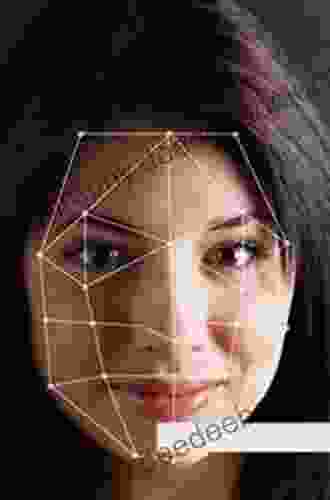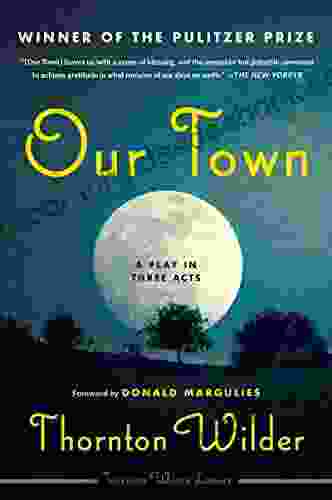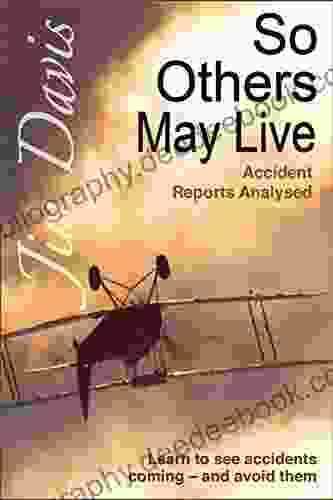Make the Most of OpenCV and Python: A Comprehensive Guide to Building Applications for Object Recognition

Object recognition is a fundamental task in computer vision, allowing machines to identify and classify objects within images and videos. With the advent of powerful libraries like OpenCV and Python, developers now have access to a comprehensive set of tools for building sophisticated object recognition applications.
4 out of 5
| Language | : | English |
| File size | : | 58302 KB |
| Text-to-Speech | : | Enabled |
| Enhanced typesetting | : | Enabled |
| Screen Reader | : | Supported |
| Print length | : | 270 pages |
This comprehensive guide will delve into the intricacies of OpenCV and Python, providing a step-by-step approach to building robust and efficient object recognition systems. From image processing and feature extraction to machine learning and deep learning techniques, we'll cover everything you need to know to unlock the full potential of this powerful combination.
Getting Started with OpenCV and Python
Before embarking on the journey of object recognition, it's essential to establish a solid foundation in OpenCV and Python. OpenCV (Open Source Computer Vision Library) provides a comprehensive set of functions for image processing, while Python offers a powerful and versatile programming language.
To get started, you'll need to install both OpenCV and Python on your system. Once installed, you can import OpenCV into your Python script using the following command:
python import cv2
Image Processing for Object Recognition
Image processing is a crucial step in object recognition, as it involves preparing the image for analysis by removing noise, enhancing features, and converting it into a format suitable for computer vision algorithms.
OpenCV offers a wide range of image processing functions, including:
- Image Resizing: Resizing the image to a specific size can improve processing efficiency and reduce computational costs.
- Grayscale Conversion: Converting the image to grayscale can simplify the analysis process and reduce the amount of data to be processed.
- Noise Removal: Applying noise removal filters can eliminate unwanted artifacts and improve image quality.
- Edge Detection: Identifying edges within the image can help delineate objects and extract key features.
Feature Extraction for Object Recognition
Once the image has been preprocessed, the next step is feature extraction. Feature extraction involves identifying and quantifying specific characteristics of the object that can be used for recognition.
Common feature extraction techniques include:
- Histograms: Histograms capture the distribution of pixel values within an image, providing a statistical representation of the image's content.
- Moments: Moments are mathematical quantities that describe the shape and distribution of pixels within an image.
- Hu Invariants: Hu Invariants are a set of seven features that are invariant to image translation, rotation, and scale.
- SURF (Speeded Up Robust Features): SURF is a feature detector and descriptor that is robust to noise and illumination changes.
Machine Learning for Object Recognition
Machine learning algorithms play a crucial role in object recognition, as they can be trained on a dataset of labeled images to learn the relationship between features and object classes.
Some commonly used machine learning algorithms for object recognition include:
- Support Vector Machines (SVMs): SVMs are supervised learning algorithms that can be used for both classification and regression tasks.
- k-Nearest Neighbors (k-NN): k-NN is a simple yet effective classification algorithm that assigns a class label based on the majority vote of its nearest neighbors.
- Decision Trees: Decision trees are tree-based algorithms that can be used for both classification and regression tasks.
- Neural Networks: Neural networks are powerful machine learning models that can learn complex relationships between features and object classes.
Deep Learning for Object Recognition
Deep learning has revolutionized the field of object recognition, achieving state-of-the-art performance on a wide range of tasks. Deep learning models, such as Convolutional Neural Networks (CNNs),can learn hierarchical representations of images, capturing complex patterns and relationships.
Popular deep learning frameworks for object recognition include:
- TensorFlow
- PyTorch
- Keras
Building an Object Recognition Application with OpenCV and Python
Now that we have covered the fundamentals, let's dive into the practical aspects of building an object recognition application using OpenCV and Python.
Here's a step-by-step approach:
- Collect and Prepare Dataset: Gather a dataset of labeled images representing the objects you want to recognize.
- Preprocess Images: Apply image processing techniques to prepare the images for analysis, such as resizing, grayscale conversion, and noise removal.
- Extract Features: Use feature extraction techniques to identify and quantify specific characteristics of the objects.
- Train Machine Learning or Deep Learning Model: Train a machine learning or deep learning model on the extracted features to learn the relationship between features and object classes.
- Evaluate Model Performance: Evaluate the performance of the trained model using metrics such as accuracy, precision, and recall.
- Deploy and Use Application: Once the model is trained and evaluated, you can deploy it into a production environment and use it to recognize objects in real-time.
Applications of Object Recognition
Object recognition has a wide range of applications in various domains, including:
- Security and Surveillance: Identifying people and objects in security footage for monitoring and crime prevention.
- Manufacturing and Inspection: Detecting defects and ensuring quality control in manufacturing processes.
- Healthcare: Analyzing medical images for disease diagnosis and treatment planning.
- Transportation: Detecting and classifying vehicles for traffic management and autonomous driving.
- Retail and E-commerce: Identifying and classifying products for inventory management and customer recommendations.
OpenCV and Python offer a powerful combination for developing robust and efficient object recognition applications. By leveraging the image processing, feature extraction, machine learning, and deep learning capabilities of these tools, we can unlock the potential of computer vision technology to solve complex problems and enhance our understanding of the world around us.
Whether you're a seasoned developer or just starting your journey in object recognition, this guide has provided you with a comprehensive foundation to embark on this exciting and rewarding field.
4 out of 5
| Language | : | English |
| File size | : | 58302 KB |
| Text-to-Speech | : | Enabled |
| Enhanced typesetting | : | Enabled |
| Screen Reader | : | Supported |
| Print length | : | 270 pages |
Do you want to contribute by writing guest posts on this blog?
Please contact us and send us a resume of previous articles that you have written.
 Book
Book Page
Page Chapter
Chapter Reader
Reader Newspaper
Newspaper Paragraph
Paragraph Sentence
Sentence Shelf
Shelf Glossary
Glossary Bibliography
Bibliography Foreword
Foreword Footnote
Footnote Manuscript
Manuscript Codex
Codex Bestseller
Bestseller Classics
Classics Library card
Library card Narrative
Narrative Biography
Biography Autobiography
Autobiography Reference
Reference Dictionary
Dictionary Thesaurus
Thesaurus Narrator
Narrator Librarian
Librarian Catalog
Catalog Borrowing
Borrowing Stacks
Stacks Archives
Archives Periodicals
Periodicals Study
Study Scholarly
Scholarly Lending
Lending Academic
Academic Journals
Journals Special Collections
Special Collections Thesis
Thesis Reading List
Reading List Theory
Theory Textbooks
Textbooks June English
June English Izumi Suzuki
Izumi Suzuki Louis Hoffman
Louis Hoffman J A Campbell
J A Campbell Anne Orth Epple
Anne Orth Epple Leslie Holmes
Leslie Holmes Gadi Wolfsfeld
Gadi Wolfsfeld Joan Steinau Lester
Joan Steinau Lester Anil Sethi
Anil Sethi Robert Bailey
Robert Bailey Angelique Kidjo
Angelique Kidjo Lynn Shannon
Lynn Shannon J Sterling
J Sterling Diane D Knott
Diane D Knott Edward J Barss
Edward J Barss Desi Serna
Desi Serna Matthew Masterson
Matthew Masterson M M Vaughan
M M Vaughan Walter Bagehot
Walter Bagehot Neci Perkins
Neci Perkins
Light bulbAdvertise smarter! Our strategic ad space ensures maximum exposure. Reserve your spot today!
 Octavio PazFollow ·14.3k
Octavio PazFollow ·14.3k Jayden CoxFollow ·5.2k
Jayden CoxFollow ·5.2k Joseph ConradFollow ·3.9k
Joseph ConradFollow ·3.9k Gilbert CoxFollow ·2.8k
Gilbert CoxFollow ·2.8k Samuel BeckettFollow ·15.6k
Samuel BeckettFollow ·15.6k Edwin BlairFollow ·17.1k
Edwin BlairFollow ·17.1k Henry Wadsworth LongfellowFollow ·16.3k
Henry Wadsworth LongfellowFollow ·16.3k Herman MitchellFollow ·9.5k
Herman MitchellFollow ·9.5k
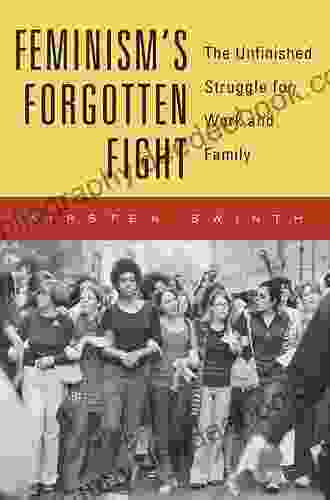
 Braden Ward
Braden WardFeminism's Forgotten Fight: The Ongoing Battle for...
The feminist movement has historically...
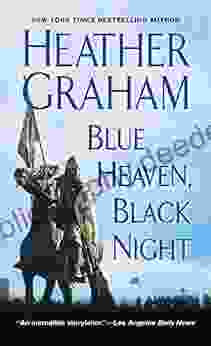
 Julio Cortázar
Julio CortázarBlue Heaven Black Night: A Literary Journey Through Love,...
In the realm of...

 Eddie Bell
Eddie BellA Journey Through Time: Exploring the Enchanting World of...
The vibrant tapestry of New...

 Lawrence Bell
Lawrence BellValiance Dragon Soul Press Anthology: A Literary Odyssey...
Step into a realm where...

 Aron Cox
Aron CoxEmbark on a Creative Odyssey with Jean Leinhauser's "101...
Unveil a Kaleidoscope of...
4 out of 5
| Language | : | English |
| File size | : | 58302 KB |
| Text-to-Speech | : | Enabled |
| Enhanced typesetting | : | Enabled |
| Screen Reader | : | Supported |
| Print length | : | 270 pages |


